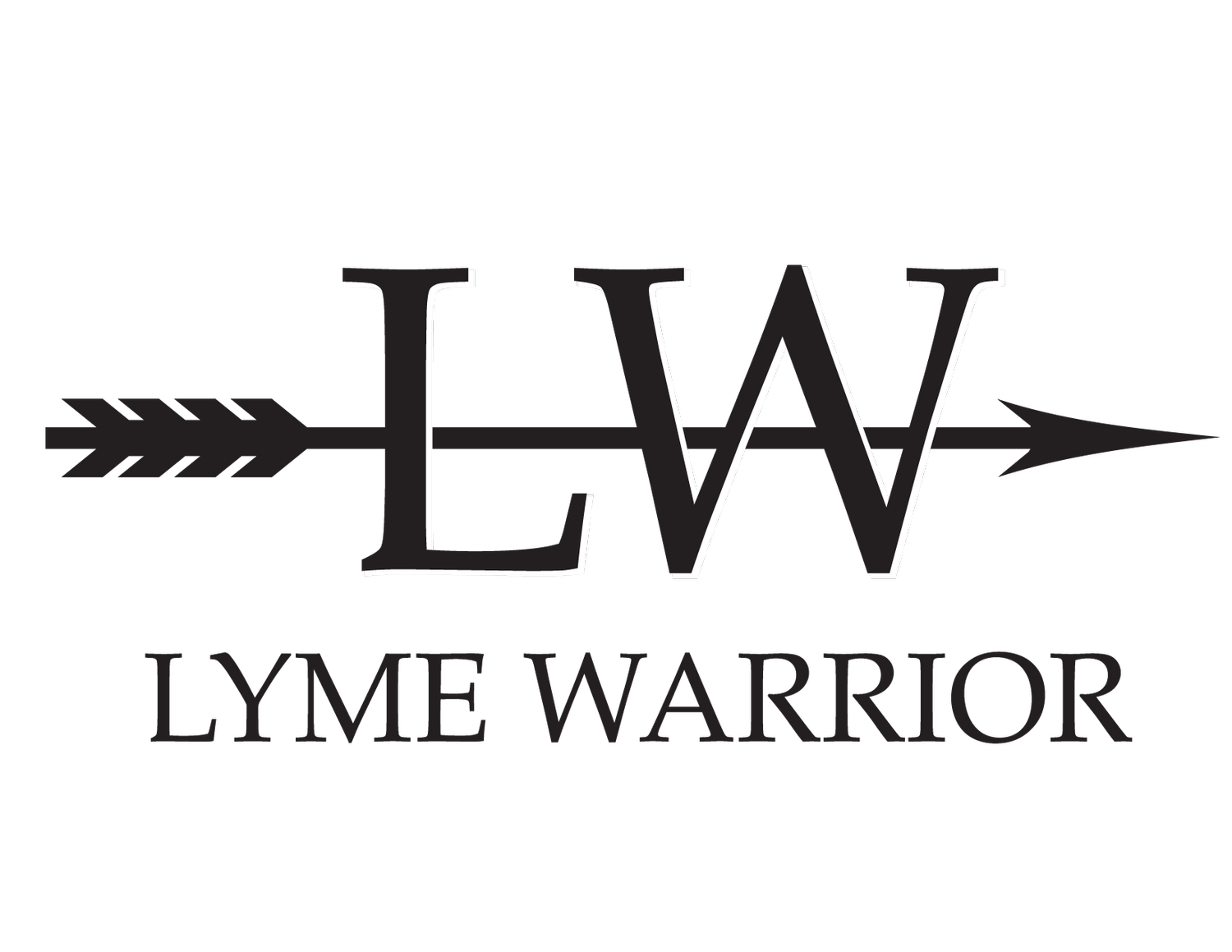Bee Venom Therapy for Lyme Disease
Can Bee Stings Treat Lyme Disease?
Apitherapy is the medical use of honeybee products, such as venom, honey, pollen, and royal jelly. Using venom from live bees is commonly referred to as bee venom therapy. The full treatment consists of getting stung by 10 live honey bees, 3 times per week. One must start with one “test” sting and then slowly work up to the full treatment dose of 10 stings very slowly over the course of several weeks. To get the full benefits of treatment, it is recommended that one must consistently stick with the protocol for a period of 2-3 years.
How BVT in Lyme Could Help
Non-Lyme Disease Research
Most of the research on BVT is done in laboratory animal studies. These non-Lyme disease studies show BVT
decreases cytokines,
decreases nerve cell death, and
lowers activation of NF-kB, which is a cellular messenger that triggers cytokine production.
Inflammation cytokines, created by the immune system attacking Lyme, cause most of the Lyme symptoms. So lowering them could help a person significantly. These non-Lyme animal studies may indicate what happens in humans; however, the effect in humans may not be the same.
What you need to know about BVT
During treatment, an epi-pen on hand is a requirement. If the patient is on a beta blocker medication, they will not be able to use bee venom therapy since a beta blocker will block receptors that utilize epinephrine (the medication in an epi-pen). One must also take 3,000 mg of vitamin C every day so that the body can make enough cortisol. If the patient does not get enough vitamin C, the body can go into anaphylactic shock.
Melittin is a 26-amino acid peptide that is in bee venom. It is a powerful anti-inflammatory and antimicrobial agent. A study was done in 1997 that looked at the action of melittin against borrelia burgdoferi (the bacteria implicated in Lyme disease). They found that melittin caused all of the bacteria to cease motility in vitro within seconds. More research needs to be done. In the meantime, there are many testimonials online as to the effectiveness of bee venom therapy.
https://www.ncbi.nlm.nih.gov/pubmed/9233664
The Content is not intended to be a substitute for professional medical advice, diagnosis, or treatment. Always seek the advice of your physician or other qualified health provider with any questions you may have regarding a medical condition.
Pros:
Very affordable! Live bees are very cheap.
Bee venom therapy targets all forms of Lyme bacteria.
It is extremely simple. There are no long lists of supplements like in some other protocols. You only need bees, vitamin C, and an epi-pen.
Cons:
The sting hurts initially for about 30-60 seconds. But after that it is doesn’t hurt very much. The stinger must be left in for 20 minutes.
It’s hard to find a doctor who is familiar with it.
It may be difficult to find a person to do the stinging if someone lives alone. Self-stinging can be very challenging.
It is a very long treatment (2-3 years).
